
Photo/Illustration: Melissa Lucas
Ever hear the story about the little old lady who grows prizewinning roses by sprinkling the ground beneath them with Epsom salts? The question is: Should we follow her lead? Not necessarily. Epsom salts are not magic; they are magnesium sulfate, a source of the plant foods magnesium and sulfur. If your soil lacks either, Epsom salts will give your plants a boost; if not, the effect will be nil or negative. Epsom salts are only one soil amendment that we add to soil to improve plant growth. Here are some other amendments that may (or may not) help your garden.
Wood ashes
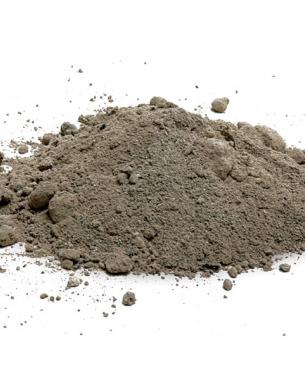
Suppose a soil test or off-color leaves (browning around the edges) suggests that your soil lacks potassium, a major plant nutrient (the “K” in N-P-K). Rather than reach for a bag of 10-10-10, which is 10 percent potassium, you could, instead, add this nutrient by spreading wood ashes. Depending on the kind of wood burned, wood ashes contain 3 to 7 percent potassium plus an array of other nutrients in lesser amounts. Wood ashes, however, also decrease soil acidity. If overapplied (more than 20 pounds per thousand square feet), they can be detrimental to some plants. I never sprinkle the ashes beneath rhododendrons, blueberries, or other plants that require acidic soil.
Greensand
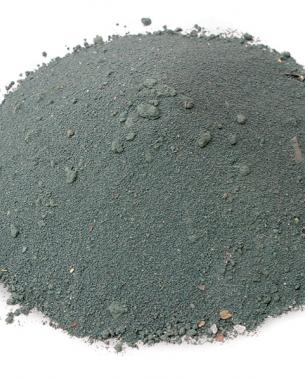
Photo/Illustration: Steve Aitken
Another amendment that supplies potassium is greensand, which is the powdered natural mineral iron potassium silicate, often called glauconite. Although this rock powder might contain about 20 percent potassium, much of it is locked up in its mineral structure, so only a small percentage is released each year. The rate of release depends on soil conditions, with increasing temperature, moisture, acidity, and organic matter all increasing the rate. This amendment is also valued for its micronutrients, which are elements necessary for plant health required in miniscule amounts.
Rock phosphate
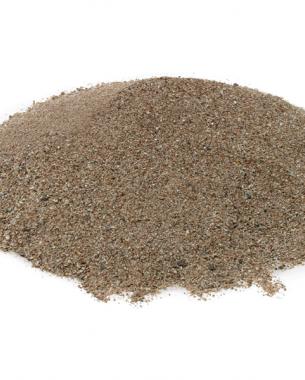
Photo/Illustration: Steve Aitken
Rock phosphate is a naturally mined mineral that supplies phosphorus, another major plant nutrient (the “P” in N-P-K). You might find rock phosphate in three forms: colloidal phosphate, soft rock phosphate, and hard rock phosphate. Like greensand, these minerals release a small percentage of their phosphorus each year, the colloidal phosphate a bit faster than the others. These rocks also contain micronutrients.
Soybean meal
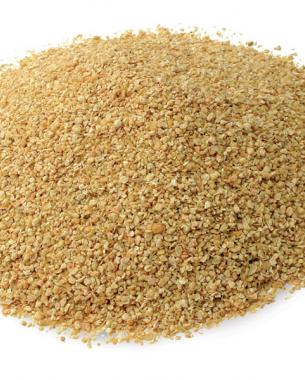
Photo/Illustration: Steve Aitken
Nitrogen is the third major plant nutrient (the “N” in N-P-K), and one way to supply it is with soybean meal. This amendment is often specifically recommended as a nitrogen food for plants needing acidic soils. In such soils, the breakdown of raw soybean meal to usable nitrogen proceeds only to the point of putting it in a form enjoyed by such plants. In fact, soybean meal (or cottonseed meal, which is nutritionally equivalent but usually more expensive) can be used to feed any plant, and it does so in sync with plant growth, so one feeding can last the whole season. Be careful, though: Used excessively, seed meals can burn roots, overstimulate plant growth, and take on the aroma of a dead animal.
Gypsum
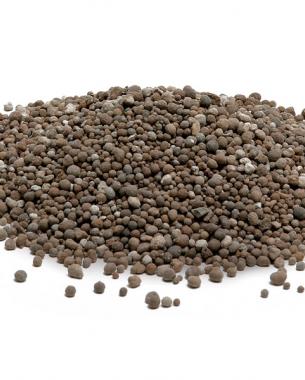
Photo/Illustration: Melissa Lucas
Not every amendment helps plants grow by supplying nutrients; a number of them work in indirect ways. Take gypsum, a mined mineral that is nothing more than calcium sulfate (plaster of Paris). Although gypsum does supply plants with the nutrients calcium and sulfur, it is usually applied to improve drainage in clay soils high in sodium, which prevents aggregation of clay particles. The calcium in gypsum displaces the sodium, allowing the clay particles to clump together into larger units through which water more readily drains. Because gypsum has no effect on soil pH, it can supply calcium with no change in acidity. Limestone could supply calcium, but it decreases soil acidity.
Sulfur
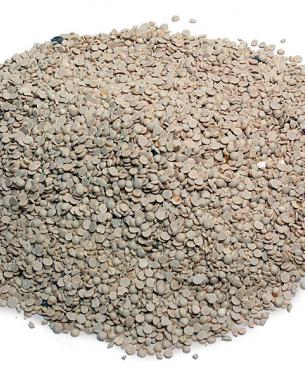
Photo/Illustration: Steve Aitken
Sulfur is another amendment that can improve the physical condition of soils. Sulfur works best in soils that are high in sodium and calcium but where the calcium is tied up because it is insoluble. Soil microorganisms convert sulfur to sulfuric acid, which dissolves insoluble calcium, and can then displace the sodium to improve the soil in the same way gypsum does. That conversion of sulfur to sulfuric acid means that sulfur can also be used to make soils more acidic.
Alfalfa meal and epsom salts
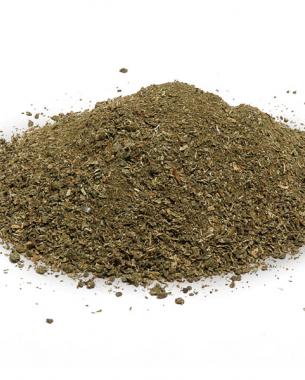
Photo/Illustration: Melissa Lucas
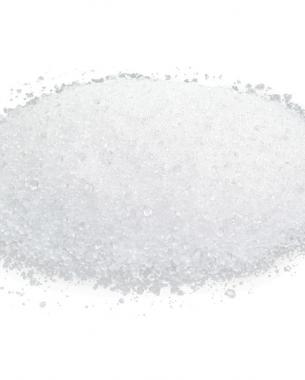
Photo/Illustration: Melissa Lucas
Alfalfa meal is nothing more than ground alfalfa leaves and stems. As a legume, the alfalfa plant absorbs nitrogen from the air. Thus, its foliage is a significant source of nitrogen when added to soil. As the meal decomposes, it releases nitrogen as well as smaller quantities of phosphorus, potassium (its analysis is 2.5-1-1), and micronutrients. Alfalfa also contains the plant hormone triacontanol, which can boost plant growth.
When deciding whether or not to apply these amendments, weigh the cost and trouble of application against the potential benefits. Then, watch closely what happens. Maybe your roses do, in fact, need Epsom salts.


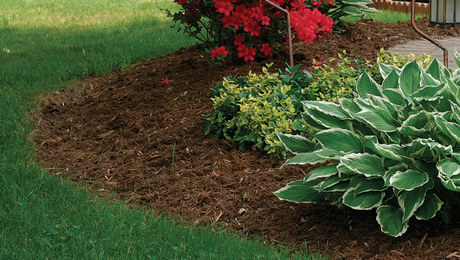
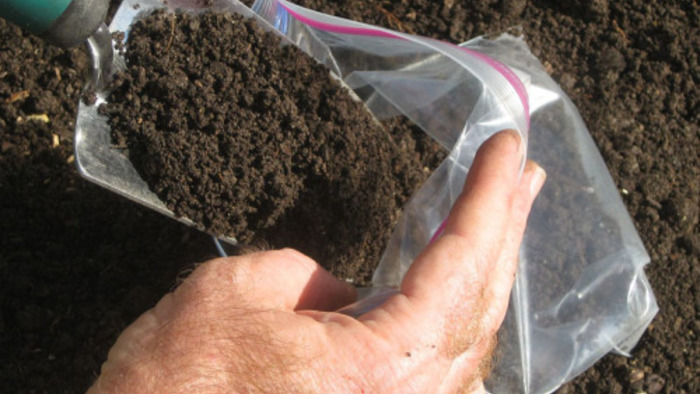














Comments
Uh... what?
In rereading that, my conclusion was that I may not've been sober when I wrote it? It makes next to no sense.
But, biochar. The article should've mentioned biochar and remineralization... via rock dust, azomite, sea agri, etc. Also, just a good old fashion compost. Simply adding & working-in compost can do/does wonders to the soil.
Compost that's been pre-treated with biochar, remineralizers like azomite, sea agri, or 'rock dust' in general... ...allowed to sit for at least 2-3 weeks (longer the better), and fed some compost tea and some source of 'sugar' (molasses, bran, etc) to allow the microbes from the compost & compost tea to 'explode' throughout... ...eating the minerals and making them bioavailable, loading into the biochar, etc... ....primo grade AAA+ soil quality right there. And not necessarily expensive to potentially even free if resources are readily available.
Log in or create an account to post a comment.
Sign up Log in